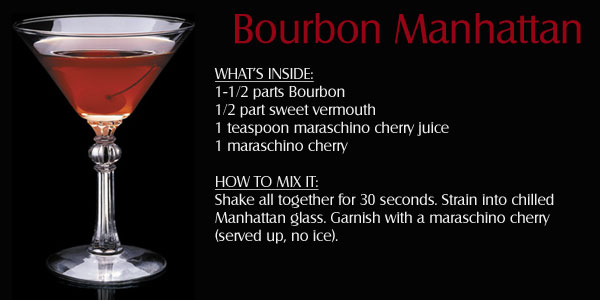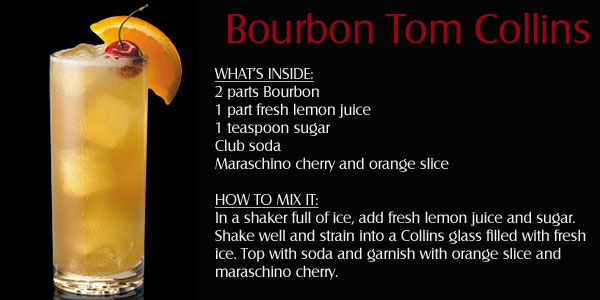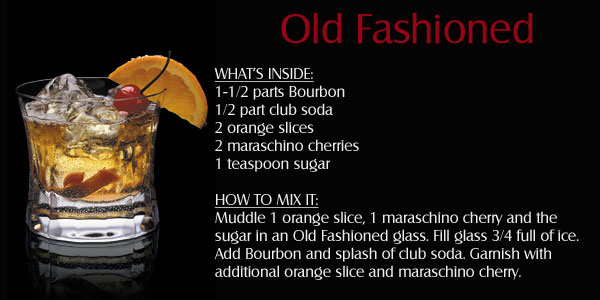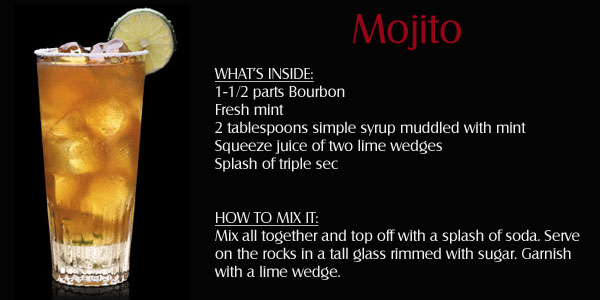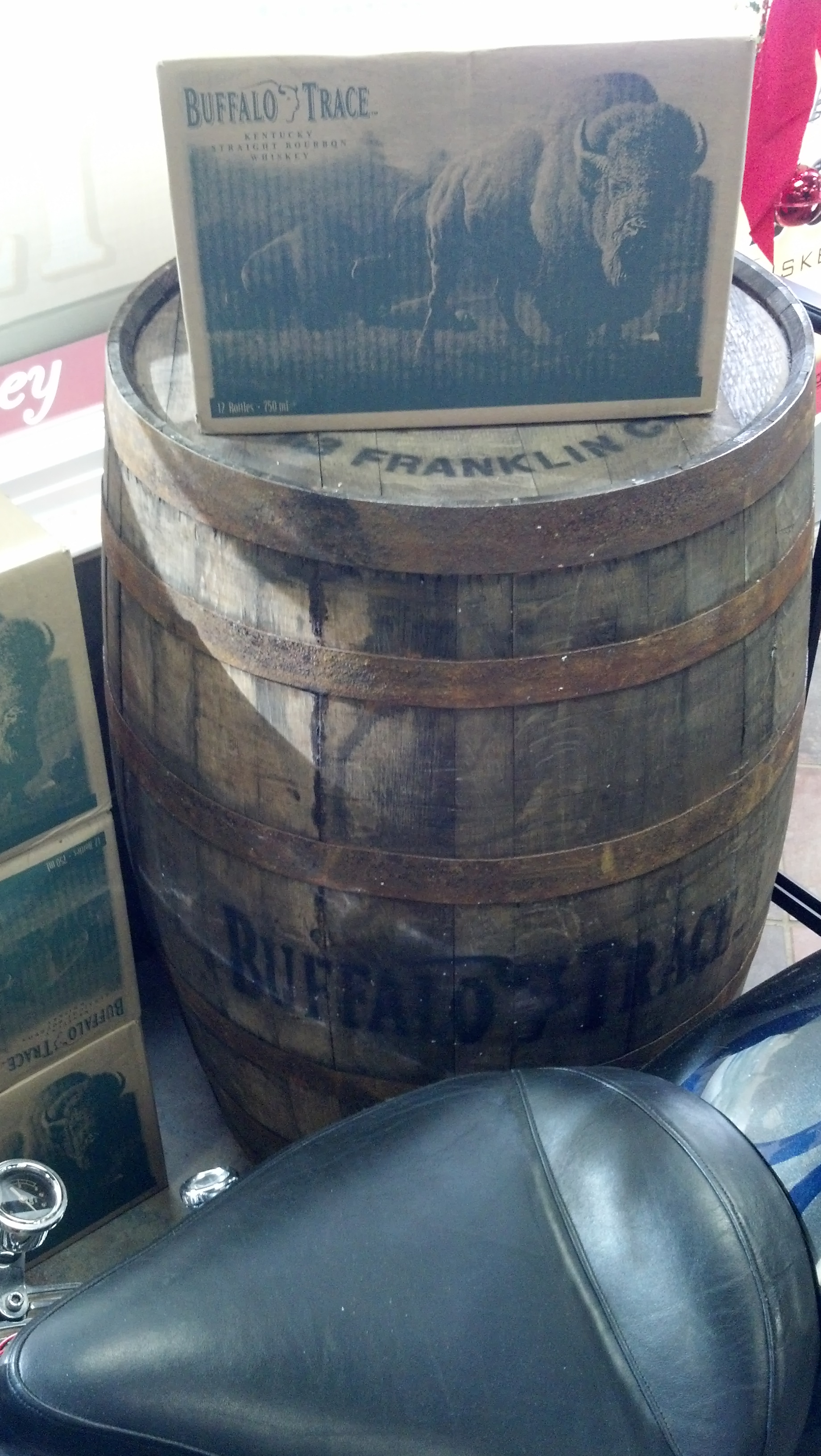Bourbon
Bourbon
What the Heck Is It?
Bourbon whiskey is America's native spirit. In order to begin to fully appreciate bourbon, its important to know the regulations concerning it manufacture and how they relate to the end product in your glass. Here are the regulations regarding bourbon whiskey and why they matter to you, the consumer.
- Bourbon must be made from at least 51% corn mash. Corn contributes a noticeable sweetness to the final product, and often makes up a much larger percentage of the mash bill in a bourbon whiskey. Other grains used to round out the mash bill include rye, barley and wheat.
- Bourbon must be a product of the United States. Some people think that bourbon can only be produced in Kentucky, but that is erroneous. While the vast majority of bourbon is made in Kentucky, any state in the U.S. can produce bourbon. Washington State is eagerly anticipating the upcoming release of Dry Fly bourbon, and Finger Lakes Distilling makes bourbon in New York state to name a few notable non-Kentucky bourbons.
- Bourbon must be distilled at no higher than 160 proof (80% abv). By keeping the distillation proof low, more congeners are allowed to stay in the final product, which results in more complex flavors.
- Bourbon must be stored at no more than 125 proof (62.5% abv) in new American oak barrels. Note that this means that water is added along with the white dog whiskey from the still to meet this requirement. This further opens up the bourbon and allows the barrel flavors to enhance the final product.
- Bourbon must be bottled at no less than 80 proof (40% abv), with nothing added except pure water. Bringing a bourbon to the proper proof for maximum enjoyment is one of the Master Distillers tasks. Some bourbons are enjoyable at cask strength, while others need to be brought down in proof to maximize their potential.
A quick note on aging bourbon in barrels. While the regulations require bourbon to be aged in new American oak barrels, nothing is said about how long bourbon must be aged in barrel. An unscrupulous distiller could age bourbon for 1 day in cask and legally call it bourbon. Luckily, any bourbon aged less than two years must state how long it was aged on it label. If you see the term straight bourbon, it indicates that the bourbon in the bottle was aged at least 2 years in new American oak barrels. Finally, bottled-in-bond offerings are the product of 1 distillery during 1 distilling season and have to be aged a minimum of 4 years and bottled at a minimum of 100 proof (50%abv).
Bourbon Cocktail Recipes
